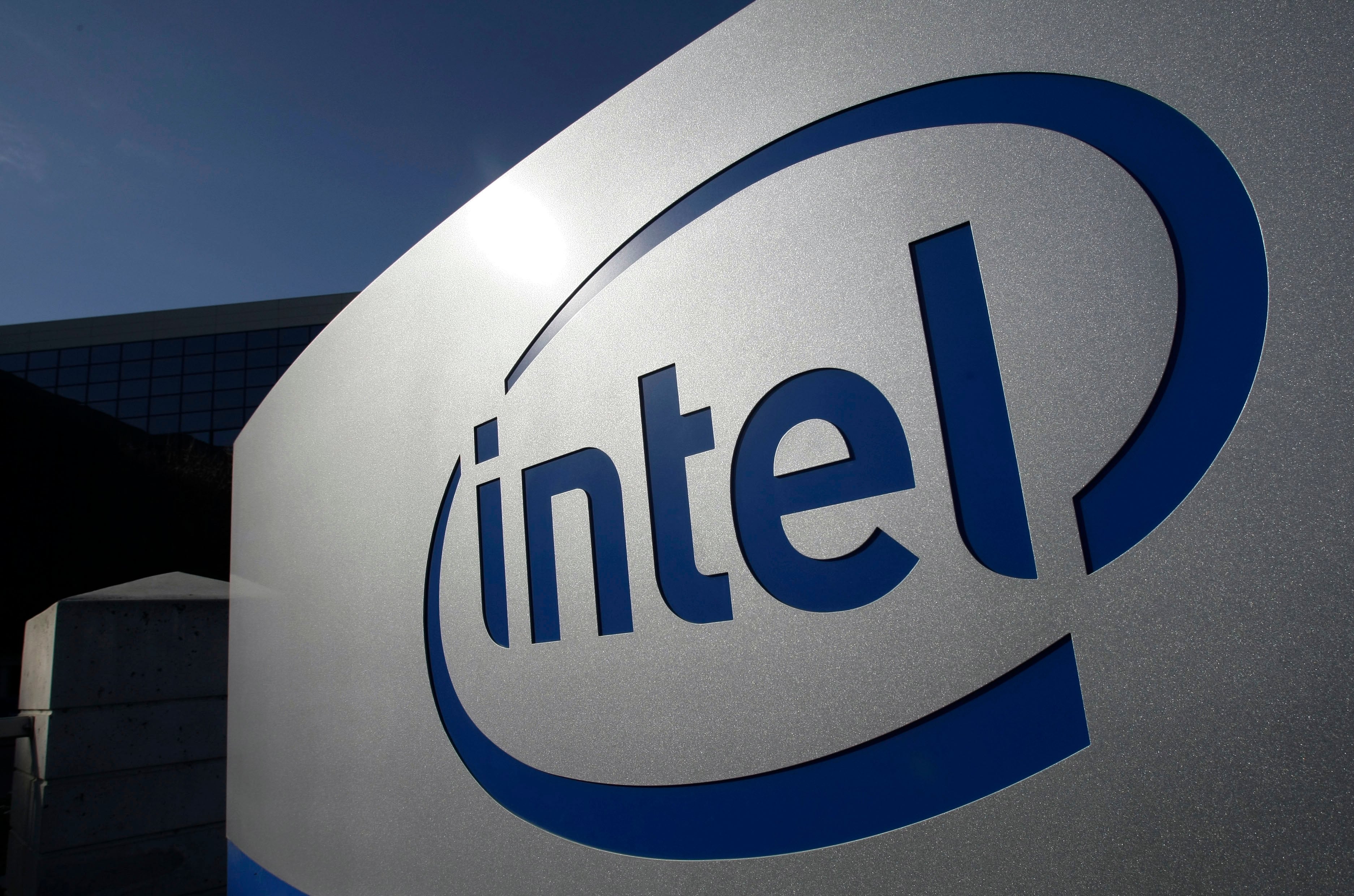The average long-term U.S. mortgage rate eased this week, welcome news for prospective homebuyers as the spring homebuying season approaches.
The average rate on a 30-year mortgage fell to 6.63% from 6.69% last week, mortgage buyer Freddie Mac said Thursday. A year ago, the rate averaged 6.09%.
Borrowing costs on 15-year fixed-rate mortgages, popular with homeowners refinancing their home loans, also fell this week, pulling the average rate down to 5.94% from 5.96% last week. A year ago it averaged 5.14%, Freddie Mac said.
The cost of financing a home has been mostly easing in the weeks since the average rate on a 30-year mortgage hit 7.79%, the highest level since late 2000. So far this year, the weekly average has ranged between 6.60% and 6.69%.
The decline in rates since their peak last fall has helped lower monthly mortgage payments, providing more financial breathing room for homebuyers facing rising prices and a shortage of homes for sale.
The pullback in mortgage rates loosely tracks the moves in the 10-year Treasury yield, which lenders use as a guide to pricing loans. The yield has largely come down on hopes that inflation has cooled enough from its peak two summers ago for the Federal Reserve to begin cutting interest rates this year.
Investors’ expectations for future inflation, global demand for U.S. Treasurys and what the Fed does with interest rates can influence rates on home loans.
On Wednesday, the Fed left its main interest rate steady and made clear it “does not expect it will be appropriate” to cut rates “until it has gained greater confidence that inflation is moving sustainably toward” its goal of 2%. It also signaled it won't likely begin cutting rates in March, something many traders on Wall Street had been betting on.
Still, many economists are projecting that mortgage rates will continue heading lower this year, though forecasts generally have the average rate on a 30-year home loan hovering around 6% by the end of the year.
“Mortgage rates have been stable for nearly two months, but with continued deceleration in inflation we expect rates to decline further,” said Sam Khater, Freddie Mac’s chief economist.
If rates keep easing that should help boost purchasing power for prospective homebuyers this spring, traditionally the busiest period for home sales.
Elevated mortgage rates and a dearth of available homes have kept the U.S. housing market mired in a slump the past two years. Sales of previously occupied U.S. homes sank to a nearly 30-year low last year, tumbling 18.7% from 2022.
For now, the average rate on a 30-year mortgage remains sharply higher than just two years ago, when it was 3.55%.













